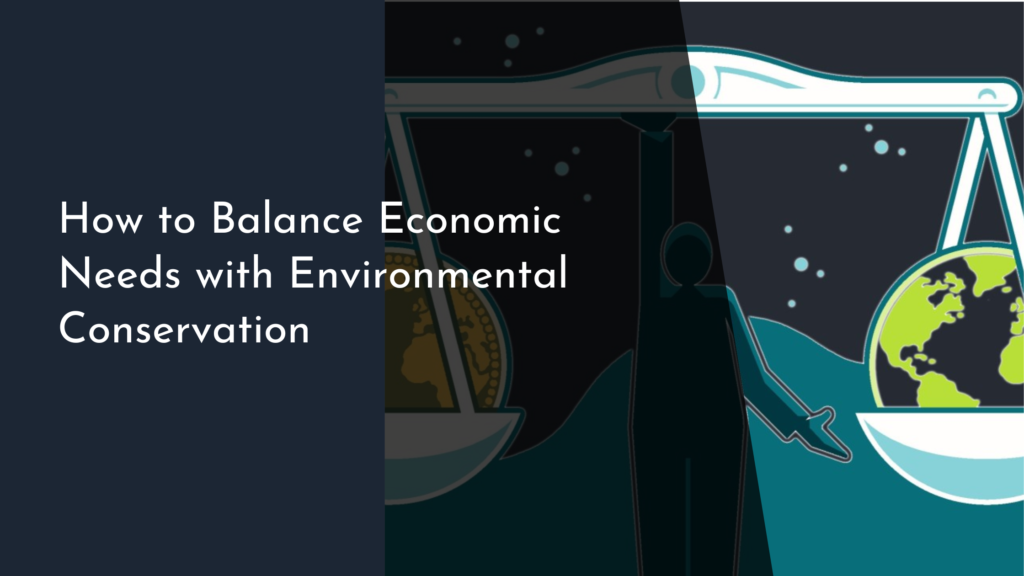The Role of Urban Planning in Reducing Emissions
Urban planning plays a pivotal role in shaping our cities and can be a powerful tool in the fight against climate change. As urban areas continue to expand and populations grow, the need for sustainable solutions becomes increasingly urgent. Effective urban planning not only addresses the pressing issue of emissions but also promotes a healthier, more livable environment for residents. This article explores how thoughtful urban planning strategies can reduce emissions, create green spaces, offer smart transportation solutions, and engage communities in building greener cities.
How Urban Planning Can Help Clean Our Air Today
One of the most immediate benefits of effective urban planning is its capacity to improve air quality. By strategically placing industries, residential areas, and green spaces, urban planners can minimize polluting activities near homes and schools. This zoning strategy helps to create buffer zones, which can significantly reduce residents’ exposure to harmful pollutants. Additionally, implementing strict regulations on emissions from construction and industrial sites contributes to cleaner air, making cities healthier places to live.
Moreover, urban planners are increasingly integrating air quality monitoring systems into their designs. These systems provide real-time data on pollution levels, allowing city officials to make informed decisions about traffic management, construction activities, and public health interventions. With better information at their fingertips, cities can proactively address air quality issues, paving the way for a cleaner environment. By focusing on sustainable development and effective regulation, urban planning can be a game-changer in the quest for clean air.
Designing Green Spaces for a Sustainable Future
Green spaces are an essential component of urban planning that contributes significantly to emission reduction. Parks, gardens, and green roofs not only provide recreational areas for residents but also play a crucial role in carbon absorption. Urban vegetation acts as a natural filter, trapping pollutants and producing oxygen, thus improving air quality. Furthermore, well-designed green spaces can mitigate the urban heat island effect, contributing to lower energy consumption for cooling buildings and reducing overall greenhouse gas emissions.
In addition to environmental benefits, green spaces foster community well-being and social interaction. They provide a scenic backdrop for outdoor activities, encouraging a healthier lifestyle among residents. By integrating green spaces into urban designs, planners can create vibrant communities that prioritize sustainability while improving the quality of life. As cities move forward, the creation of more green areas will be vital to ensuring a sustainable future for generations to come.
Smart Transportation Solutions to Cut Down Emissions
Transportation is a significant contributor to urban emissions, which makes it a critical focus area for urban planners. By promoting public transportation systems, cycling paths, and pedestrian-friendly infrastructure, cities can significantly reduce reliance on personal vehicles. Implementing smart transportation solutions, such as real-time transit tracking and optimized traffic signal systems, can enhance the efficiency of public transit networks, making them a more attractive option for commuters. This shift can lead to a substantial decrease in emissions, improving air quality and reducing congestion.
Additionally, urban planners are increasingly adopting electric vehicle (EV) infrastructure as part of their transportation strategies. By integrating EV charging stations into the urban fabric, cities can encourage the adoption of cleaner vehicles, further cutting down on emissions. Car-sharing programs and incentives for residents to use public transport also play a vital role in changing commuting behavior. By creating a comprehensive transportation plan that prioritizes sustainability, urban planners can lead the charge toward a cleaner, greener urban future.
Community Engagement: A Key to Greener Cities
Community engagement is essential for successful urban planning and the reduction of emissions. Involving local residents in the planning process fosters a sense of ownership and responsibility toward their environment. When communities are actively engaged, they are more likely to support and participate in initiatives aimed at reducing emissions, such as green building projects, sustainable transportation options, and community gardens. This grassroots involvement can enhance the effectiveness of urban strategies by ensuring they meet the actual needs and concerns of residents.
Furthermore, education and outreach programs can empower communities with the knowledge needed to make environmentally conscious choices. Workshops, events, and informational campaigns can inform residents about the benefits of sustainable practices and encourage them to take action. By building a culture of sustainability at the community level, urban planners can create lasting change that supports emission reduction efforts and enhances the overall quality of urban life.
Urban planning is an essential catalyst for creating sustainable, vibrant cities that prioritize the health of their residents and the environment. Through strategic approaches, such as enhancing air quality, designing green spaces, implementing smart transportation solutions, and engaging communities, urban planners can help pave the way for greener urban living. As we continue to face the challenges of climate change, the importance of innovative urban planning cannot be overstated. Together, we can create cities that not only thrive today but also ensure a sustainable future for generations to come.

